If you ask around, most people in the know of the cell phone biz will probably tell you that RIM is having a pretty hard time right now. The company has found itself closed within the bounds of its own past success, which is making its transition to being more consumer-centric difficult. Plus, the very need of such a transition comes to show that RIM doesn't feel very safe in its primary position of being dedicated solely to the enterprise.
On one hand, the company clearly wants to become a substantial part of the consumer space, but on the other, its deep ties with the enterprise do not allow it to shift enough of its focus to this undertaking. This situation has continued for quite a while, and as a result, RIM is now somewhere in the middle, struggling with the seemingly tricky business of manufacturing devices that cater to both enterprise and consumer needs at the same time.
We really wanted to devote some time to analyzing how RIM is doing these days, especially when it has recently launched its latest offerings. But before that, let's first take a quick glance back and see how the mighty manufacturer ended up like this.
The push for the consumer marketRIM managed to build its healthy business around the BlackBerry smartphones, which were the handsets of choice for the enterprise, due to an array of specialized features such as strong security, as well as unprecedented email and convenience, when it comes to handling text-based communication. But it was also this early when RIM was beginning to taste the sweetness of what it is to play on the mass market, by unleashing lower-cost phones like the Curve and Pearl. After all, in December 2009, RIM reported that over 80% of its net new subscriber account additions have come from non-enterprise customers. However, the consumer market was bound to change very, very soon, catching RIM unprepared. Although a very large share was already taken by the iPhone, the establishment of Android was yet another blow for RIM. Because of Android, many of those users who didn't want an iPhone for some reason now had a pretty strong alternative to fall back on. This meant that RIM had to rethink what it's doing, if it didn't want to be left outside alone.
RIM BlackBerry Torch 9800
However, with products like the disastrous Storm family, as well as the uninspiring
Torch, the future didn't look very rosy for the Canadian manufacturer. Actually, although not very successful, the original Torch marked an important moment for the company, as it was its first touchscreen handset that worked. Unfortunately, even with the usable capacitive touchscreen, the
Torch 9800 failed as it simply wasn't good enough, in terms of both hardware and software.
At this point, it was clear that RIM isn't where it wants to, and it needed to make a choice – to either contract its business and focus on what it's proven to do pretty well – products for the enterprise, or to continue its struggle against Apple and Google for a chunk of the alluring consumer market. What it unveiled subsequently revealed the bold choice it's made...
Undefined present
Today, Research in Motion's latest creations are already facing an uphill battle against the iPhone and Android. RIM's current-gen troops include the
Bold 9900, which is the company's signature smartphone, the full-touchscreen
Torch 9850 and the successor to the original Torch in the
9810. Along with the lightweight forces, the company has also deployed the heavy artillery in the form of the
PlayBook tablet, running on the new QNX platform.
Right from the start, we declared the Bold 9810 a device that's already behind the curve. And how wouldn't we... the 9810 is what the original Torch should have been from day one! It had nothing really new to bring to the table, and looking at it now, it seems like the perfect representation of RIM's undefined present. While it remains true to the enterprise world in its essence, it also tries to appeal to the consumer, but it fails tremendously due to its total lack of wow-factor. It does have some decent specs, but if you want to gain prominence with the broad public nowadays, you have to lose the portrait sliding keyboard, and pack a bigger screen... and that's not a sacrifice that the enterprise is willing to do. Actually, this is what the Torch 9850 tries to achieve, and it does succeed to a certain point. The 9850 is good-looking, fast and capable, and we actually liked it in our review. So, what's the problem with it? Well, it's good, but it's not
that good. Regular users have little reason to side with it, instead of with a high-end Android device or the iPhone, which come with ecosystems that are way more developed. So, while we consider the 9850 a pretty solid attempt at crafting a capable consumer smartphone, it will take more than that to bring RIM firmly on its feet again.
Looking at the Canadian manufacturer's current lineup, we like the Bold 9900 the most. It is arguably the best Bold ever, but it is a device, which is evidently targeted to the business. Not too many average Joes will pick up the Bold 9900, instead of the
Sensation 4G, or the
EVO 3D, or the
iPhone 4, or the
Galaxy S II...
And the PlayBook? Well, it could do pretty well as a business-dedicated tablet, the perfect companion for the BlackBerry-sporting businessperson, but no – RIM is doing its best to convince us that the
PlayBook is rather a tablet, which you can have lots of fun time with. While it may be so, there are many other tablets out there, which are much more capable at this than the PlayBook.
The right track
It's evident that winning the heart of the consumer isn't an easy task. If it wants to have the Apple or Android appeal, RIM first has to learn to understand the consumer. Alas, the message its products are trying to convey is pretty vague. Obviously, the company doesn't want (and cannot afford) to lose the appeal it has for the enterprise, but at the same time, it desperately tries to lure in regular users with products they don't need. And that sure seems like a risky undertaking to us.
RIM isn't quite on the right track yet. While it's doing its best to remain relevant on the business front, by implementing “new” features like a touchscreen on the new Bold, it has to rethink its strategy with the consumer. Adopting the new
QNX platform seems like the right choice, since one of the more significant issues within its ecosystem is the aging BlackBerry OS itself. However, the first QNX smartphones are not expected to launch until (hopefully) early next year, and just how well they'll do remains to be seen. And until then, iOS 5 and Ice Cream Sandwich will have already hit the market, delivering their goods to happy consumers all around the world.
Many consider QNX as RIM's last chance to survive in this cruel world, and we certainly hope that the legendary Canadian manufacturer will pull it off. Not all is lost for these guys yet. After all, they are still enjoying those
pretty decent profits, but if they don't act as quickly as possible, RIM's chances to get back on the right track might soon be lost forever.

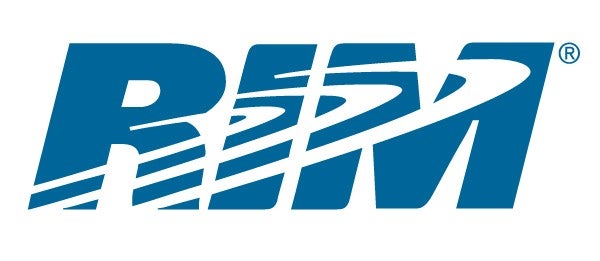
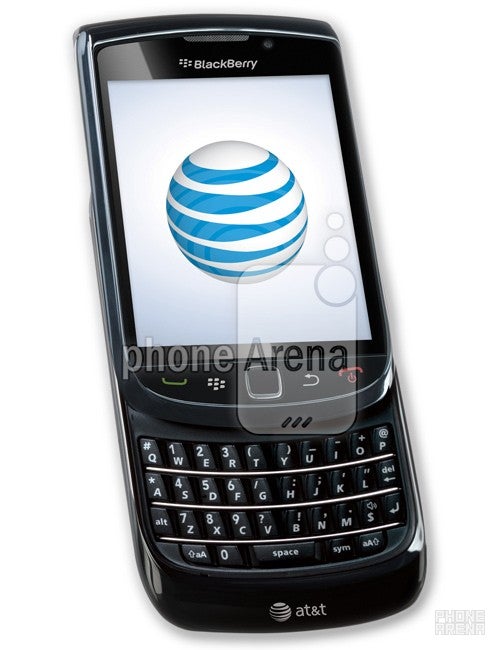
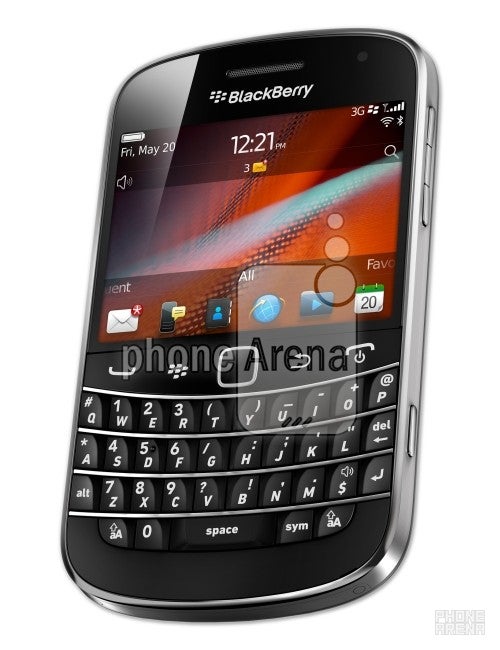
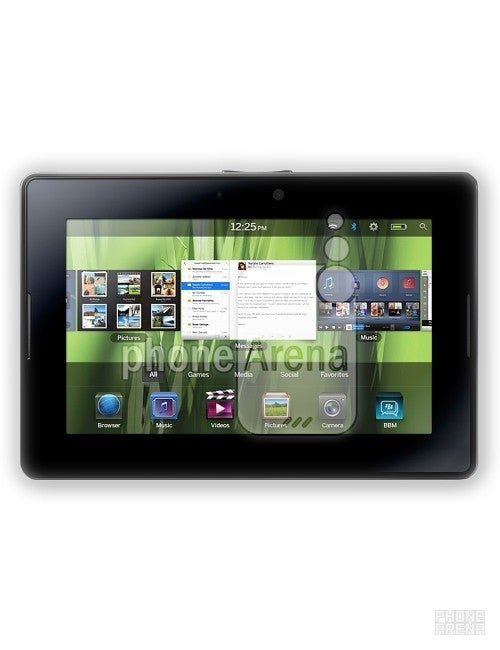
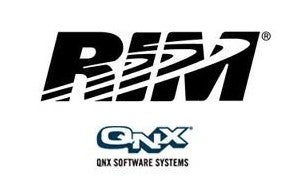














Things that are NOT allowed: